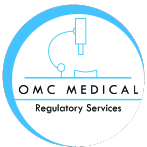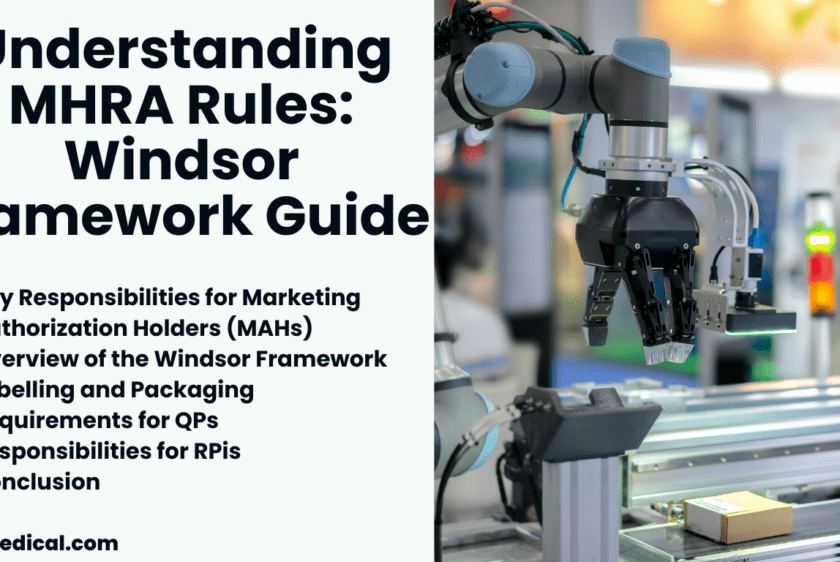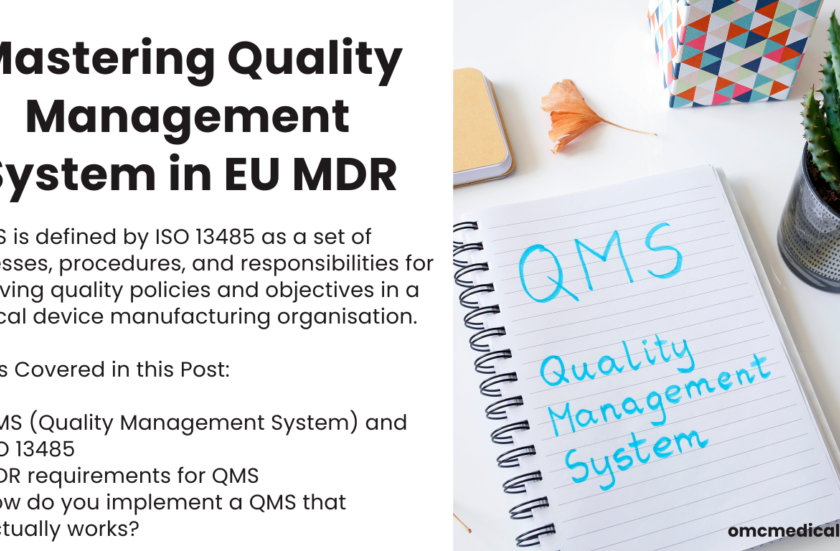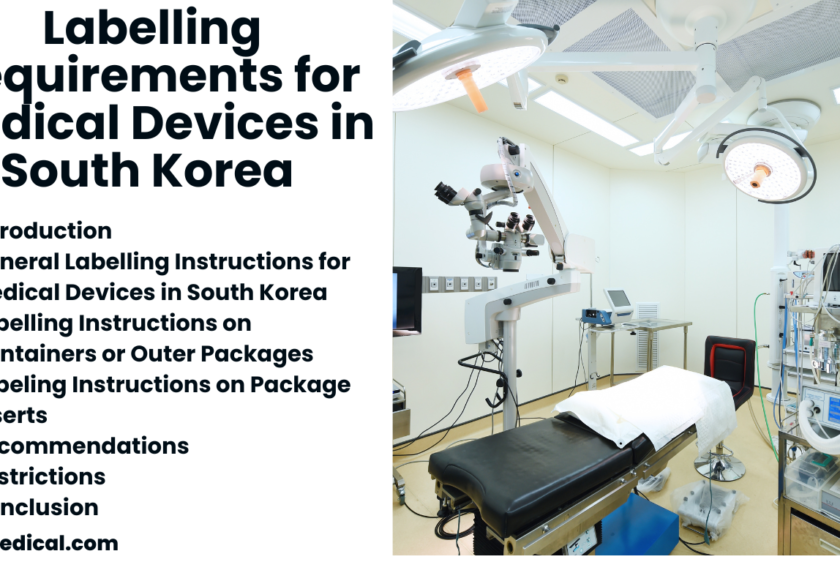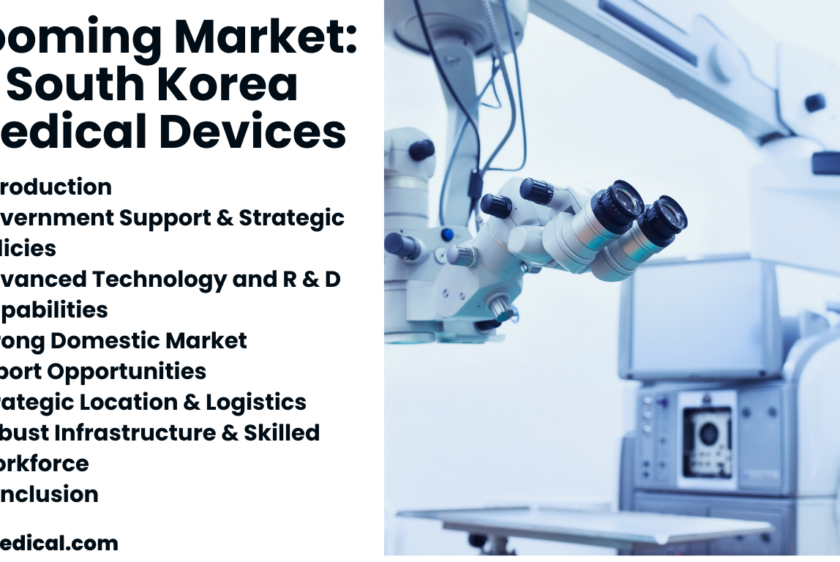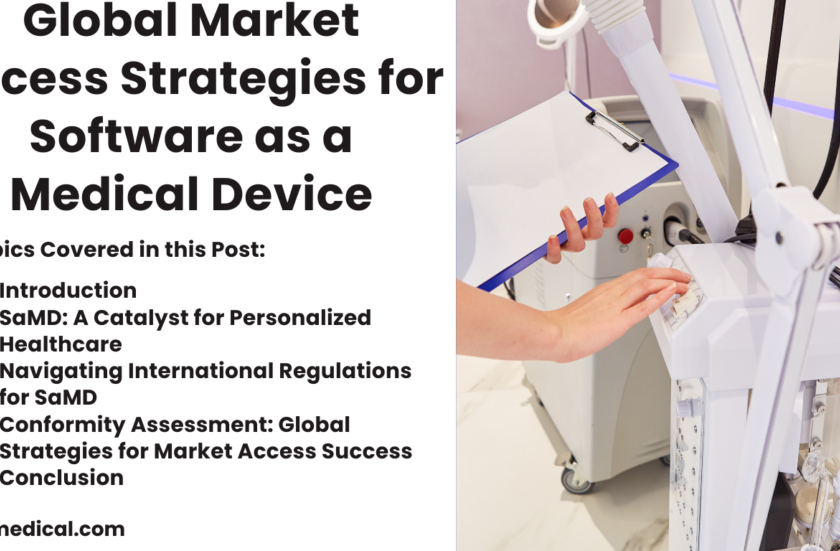General Information
This essential guidance is tailored for manufacturers and wholesale dealers authorized by the Medicines and Healthcare products Regulatory Agency (MHRA). It serves as a comprehensive resource for Qualified Persons (QPs), Responsible Persons (RPs), and Responsible Persons for Import (RPis) to effectively implement the Windsor Framework’s new arrangements for human medicines. Key Responsibilities for Marketing Authorization Holders (MAHs) Marketing Authorization Holders must communicate any chan...
Medical Device Classification in Australia
Australia’s Medical Device Classes: From Low to High Risk Explained In Australia, medical devices are classified into four risk-based categories: Class I (low risk), Class IIa, Class IIb, and Class III (high risk). The Therapeutic Goods Administration (TGA) oversees classification and regulatory approval. Higher-risk devices require more stringent evaluation, ensuring safety and efficacy before entering the market. Download the below PDF to get more detailed information about Different Categor...
Global Labelling Requirements
Label, Labelling vs Instructions for Use (IFU)? 1. A Label is the written, printed, or graphic information that goes on the packaging of the medical device. 2. Instructions For Use (IFUs) or Package Insert is the essential information accompanying the medical device for its safe and effective use by the user. It can be a single to multiple-page document. 3. Labelling is the content that goes on the Label or IFUs. What are the minimum requirements for labeling? The ISO has published many standard...
Why Lifecycle Management Matters for Medical Devices?
The medical device industry operates in a highly regulated environment where safety, efficacy, and compliance are critical. To ensure devices remain safe and effective throughout their lifespan, manufacturers must adopt a robust lifecycle management approach. This article explores why lifecycle management matters for medical devices and how it benefits manufacturers, healthcare providers, and patients. Understanding Medical Device Lifecycle Management Medical device lifecycle management...
Labelling Requirements for Medical Devices in South Korea
General Labelling Instructions for Medical Devices in South Korea 1.The label shall be printed in the ink, imprint, or stamp that cannot be easily erased, using Korean language in typefaces that are easy to read, such as the East Asian Gothic typeface. 1.1. Letters on the label shall not overlap with one another and shall also be in a color that is distinct from the background color, such as black letters on a white background. 2. Where a label is affixed on the container...
Import License Process for Medical Devices in South Korea: A Detailed Overview
To engage in the importation of medical devices in South Korea, it is crucial to understand the regulatory requirements and obtain the necessary licenses and certifications. This comprehensive guide outlines the essential steps to secure an import business license from the Minister of Food and Drug Safety and comply with all relevant regulations. Anyone looking to import medical devices must first obtain an import business license from the Minister of Food and Drug Safety. This license is...
Why South Korea is a Booming Market for Medical Devices?
South Korea has emerged as a significant player in the global medical device market, and its growth trajectory is impressive. The convergence of government support, advanced technology, a strong domestic market, and strategic trade positions South Korea as a hub for medical device innovation and investment. Here’s an in-depth exploration of the factors contributing to this booming market. South Korea is a Booming Market for Medical Devices 1.Government Support and Strategic Policie...
Global Market Access Strategies for Software as a Medical Device (SaMD)
Introduction In the ever-evolving realm of healthcare technology, Software as a Medical Device (SaMD) stands out as a transformative force, offering personalized solutions tailored to individual patient needs. As demand surges for SaMD solutions worldwide, understanding and navigating international regulations are paramount for market access success. This article explores global strategies for achieving market access for SaMD, delving into the intricacies of international regulations and conform...
Exceptional Use Medical Devices in the EU and UK
Medical devices conforming with the medical device regulations must have a conformity marking. Medical devices that do not conform may still be placed in the market, provided they apply through the exceptional use devices pathway. This article discusses the exceptional use requirements to be satisfied to gain access to EU and UK markets. In the UK, the UKCA marking displays that the device conforms to UK Medical Device Regulations 2002. Without UKCA marking, the devices can only be placed in the...
